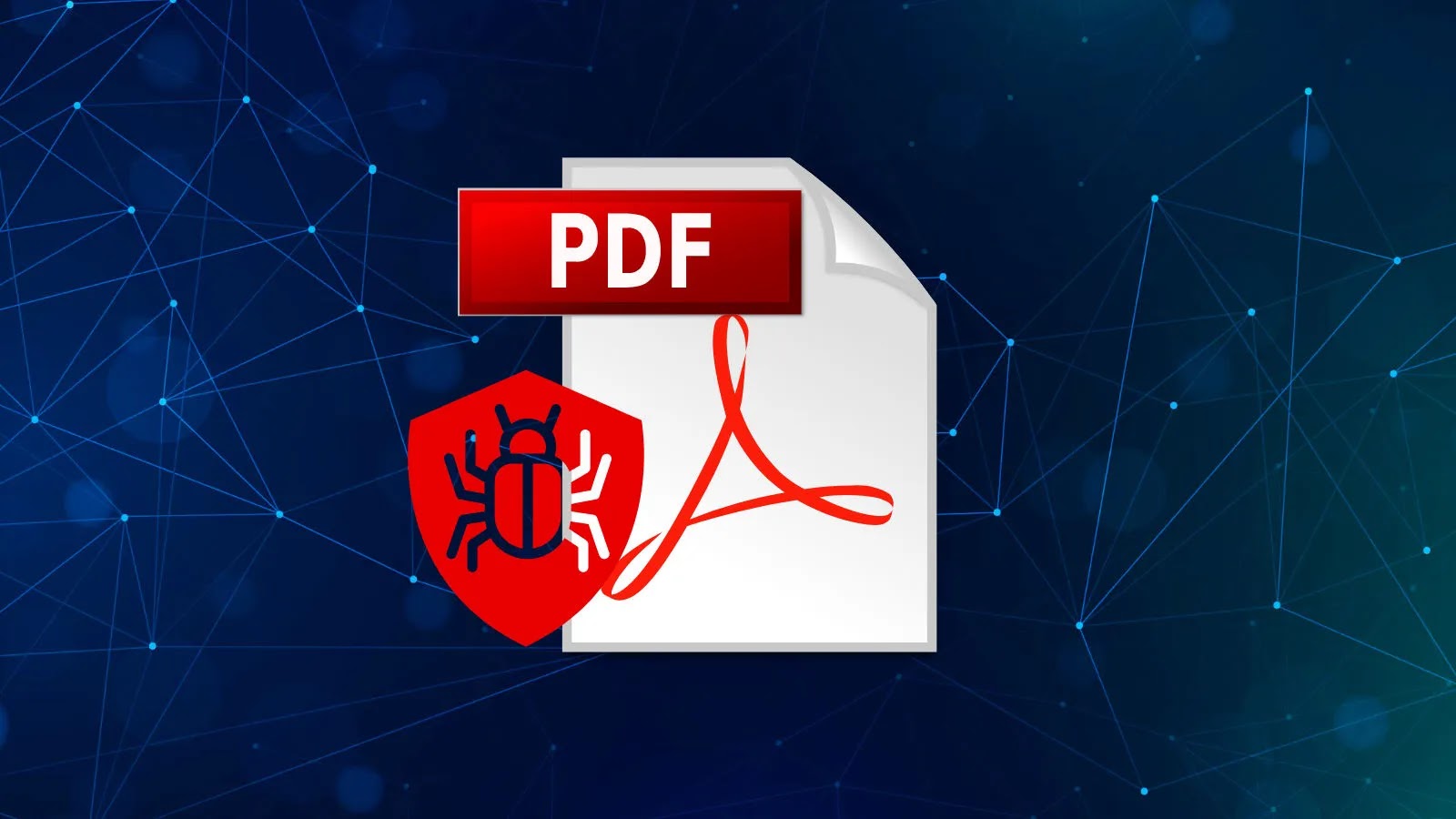
New PDF Tool to Detect Malicious PDF Using PDF Object Hashing Technique
Unmasking Malicious PDFs: A Deep Dive into Proofpoint’s Object Hashing Tool
PDFs are ubiquitous in digital communication, unfortunately, making them a prime vector for cyberattacks. Threat actors increasingly leverage their versatility for highly deceptive phishing campaigns and malware delivery. Traditional signature-based detection often struggles with polymorphic and zero-day threats embedded within these seemingly innocuous documents. However, a new, open-source tool developed by Proofpoint, aptly named PDF Object Hashing, offers a powerful new approach to unmasking these insidious files. This innovation empowers cybersecurity teams to move beyond static indicators and hunt for the structural “fingerprints” of malicious PDFs.
The Evolving Threat Landscape of Malicious PDFs
The reliance on Portable Document Format (PDF) files for business and personal communication has made them an irresistible target for attackers. From weaponized invoices to compromised resumes, a malicious PDF can bypass conventional defenses and deliver ransomware or spyware onto unsuspecting systems. Attackers constantly refine their techniques, using obfuscation, encryption, and embedded exploits to evade detection. The sheer volume of PDF traffic further complicates security efforts, demanding more sophisticated and adaptive detection mechanisms.
Introducing PDF Object Hashing: A New Paradigm for Detection
Proofpoint’s PDF Object Hashing tool fundamentally shifts how we approach PDF analysis. Instead of relying solely on known malicious strings or file hashes, which can be easily altered, this tool focuses on the file’s internal structure. It works by generating unique hashes for individual objects within a PDF document. These objects can include fonts, images, JavaScript code, embedded files, and even structural elements like cross-reference tables.
By hashing these internal components, the tool creates a structural “fingerprint” of the PDF. Even if an attacker modifies minor attributes or re-encodes the file, the underlying malicious objects, if present, will retain their characteristic hashes. This allows security professionals to:
- Identify known malicious components: Create a database of hashes for known malicious objects or exploit techniques.
- Detect novel threats: Spot deviations from benign PDF structures or the presence of suspicious, highly unusual objects.
- Track threat actor TTPs: Correlate similar structural characteristics across different attack campaigns, even if the outer wrapper of the PDF changes.
- Enhance threat intelligence: Share and leverage object hashes to provide more granular and resilient threat intelligence.
How PDF Object Hashing Works Under the Hood
The core concept behind PDF Object Hashing is to break down the PDF into its constituent objects and then apply a hashing algorithm to each. This process involves:
- Parsing the PDF: The tool first parses the PDF document, identifying and extracting all its distinct objects.
- Normalizing Objects: To ensure consistent hashing, objects are often normalized. This might involve stripping whitespace, standardizing encoding, or ordering elements consistently.
- Hashing Individual Objects: A cryptographic hash function (e.g., SHA-256) is then applied to the normalized content of each object, producing a unique hash.
- Aggregating Hashes: These individual object hashes can then be used in various ways:
- Stored in a database for blacklisting/whitelisting.
- Combined to create a composite “structural hash” for the entire document.
- Used to develop YARA rules or other detection signatures that target specific object characteristics.
This method provides a more granular and robust form of detection compared to traditional whole-file hashing.
Remediation Actions and Proactive Defense
While PDF Object Hashing is a powerful detection tool, a comprehensive security posture requires proactive measures and effective remediation strategies:
- Integrate with SIEM/SOAR: Feed PDF object hashes into your Security Information and Event Management (SIEM) or Security Orchestration, Automation, and Response (SOAR) platforms for automated analysis and incident response.
- Enhance Email Gateway Security: Leverage this tool to harden email gateways, allowing them to perform deeper inspection of inbound PDF attachments.
- Develop Custom Detection Rules: Security teams can create custom YARA rules based on object hashes identified in previous incidents or threat intelligence feeds.
- Educate Users: Implement robust security awareness training programs to educate employees on the dangers of suspicious PDF attachments and the importance of verifying sender legitimacy.
- Implement Least Privilege: Ensure users and applications operate with the minimum necessary permissions to limit the impact of successful PDF-borne attacks.
- Regular Patching and Updates: Keep all operating systems, applications, and PDF readers patched to the latest versions to mitigate known vulnerabilities (e.g., for vulnerabilities like CVE-2023-21608 or CVE-2023-26369 affecting Adobe Acrobat Reader).
- Sandboxing: Employ sandboxing technologies to detonate suspicious PDFs in an isolated environment before they reach end-users.
Essential Tools for PDF Security Analysis
While the PDF Object Hashing tool is a significant addition, it integrates well into a broader toolkit for comprehensive PDF security:
| Tool Name | Purpose | Link |
|---|---|---|
| PDF Object Hashing (Proofpoint) | Detects malicious PDFs via structural object analysis and hashing. | https://github.com/proofpoint/pdf-object-hashing |
| Conficker (Didier Stevens) | Various PDF analysis tools, including PDFiD, PDF-parser, and peepdf. | https://blog.didierstevens.com/my-software/ |
| Peepdf | Python tool to explore malicious PDF files, analyze them, and obfuscate/deobfuscate JavaScript. | https://github.com/jesparza/peepdf |
| olevba (Oletools) | Detects VBA macros, OLE objects, and other potentially malicious content in Office files (including embedded in PDFs). | https://github.com/decalage2/oletools |
| YARA | Pattern matching tool for identifying and classifying malware. Can be used with PDF object hashes. | https://virustotal.github.io/yara/ |
Conclusion: Strengthening Defenses Against PDF-Borne Threats
The release of Proofpoint’s PDF Object Hashing tool marks a pivotal step in combating the persistent threat of malicious PDFs. By shifting the focus from easily mutable file properties to the immutable structural fingerprints of internal objects, security teams gain a more resilient and proactive detection capability. Integrating this open-source solution into existing security pipelines, combined with continuous user education and robust remediation strategies, will significantly bolster an organization’s defense against sophisticated PDF-borne attacks. This innovation empowers defenders to stay ahead of adversaries, making the digital landscape safer one PDF at a time.





